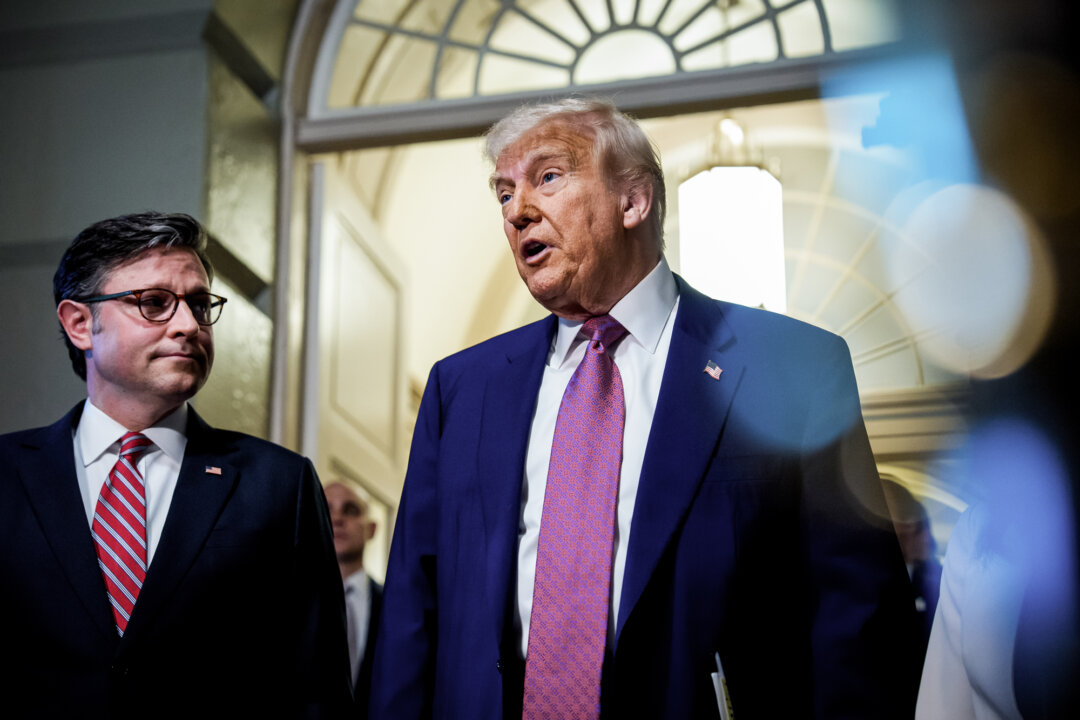US Trade Representative Jamieson Greer has earmarked Australia’s impending ‘Revive’ National Cultural Policy.
Australia has been named as one of several governments that “undercut” the U.S. film industry, according to a social media post by a top U.S. trade official.
On May 23, U.S. Trade Representative Jamieson Greer wrote about the Trump administration’s efforts to bring big budget Hollywood productions back onshore, appointing “special ambassadors to Hollywood” to try kickstart the initiative.
The move comes after the administration approved a 100 percent tariff on movies made outside of the United States, but is yet to unveil how this tariff will be implemented.
“Over 80 countries offer production tax incentives, resulting in many productions that could have been filmed in the United States locating elsewhere,” Greer wrote on X.
“Many blockbusters have been filmed in Canada, Croatia, France, New Zealand, and several other countries, which offer generous incentives, while overall production in the U.S. was down 26 percent in 2024 compared to 2021.”
Greer named the Australian Labor government’s impending National Cultural Policy “Revive.”
“Australia’s National Cultural Policy, released in January 2023, recommends imposing Australian screen content requirements on streaming video services,” he said.
According to Greer, these rules could lead U.S.-based platforms spending between $220 million and $440 million annually in Australia, instead of in the United States.

What Are the Current Quotas?
Content quotas require broadcasters and digital platforms to invest or broadcast a specified amount of local content, aimed at maintaining the local culture.
Revive earmarks a production expenditure model where streaming companies need to spend a portion of locally derived revenue—up to 30 percent for the largest platforms—on Australian drama.
The other suggestion is mandating that 10 percent be invested in new local productions, which could later rise to 20 percent. The policy remains under development.
“Countries typically rely on tools like local content quotas. For example, France and Australia have requirements for domestic content on radio and streaming platforms, and China restricts access to foreign film licenses through a strict annual cap,” said Vladimir Tyazhelnikov, senior lecturer in economics and specialist in global tariffs, in a statement from the University of Sydney.
The Epoch Times has reached out to Tony Burke, the minister for art and culture for latest reaction but did not receive a response in time for publication.
During Senate Estimates in May 2024, officials from the Department of Communications confirmed that the Revive proposal was still being refined ahead of Cabinet consideration.
The issue hit a roadblock when trade experts and industry representatives raising concerns that the proposed quotas might violate terms of the Australia–United States Free Trade Agreement (AUSFTA).
Australia’s Response So Far
Australia’s ambassador to Washington, former Labor Prime Minister Kevin Rudd, recently flagged concerns over the 100 percent tariff on imported films.
Speaking at a public forum, Rudd warned such a move could hinder cultural exchange.
“I don’t think we want to see a tax on Bluey,” he said, referencing the Brisbane-made children’s show that has become the most streamed program in the United States.
Meanwhile, some local experts are concerned of the impact it could have on the Australian industry, given its heavily reliance on U.S. productions.
“The impact on Australia would be swift and severe. States such as New South Wales and Queensland have built robust screen production industries, attracting major international projects such as Thor: Love and Thunder, Elvis, Shang-Chi and the Legend of the Ten Rings, and The Fall Guy,” said Mike Seymour, an Emmy-nominated visual effects professional and senior lecturer at the University of Sydney Business School.
“These productions inject millions into local economies and support a wide network of jobs in everything from set design and location services to visual effects and post-production.
“When Australian screen content is under pressure because of the rise of global streamers and the decline of free-to-air broadcasting, these international partnerships are more important than ever.”

